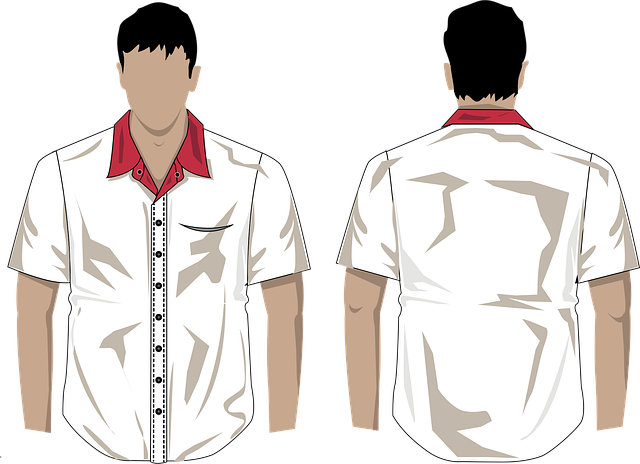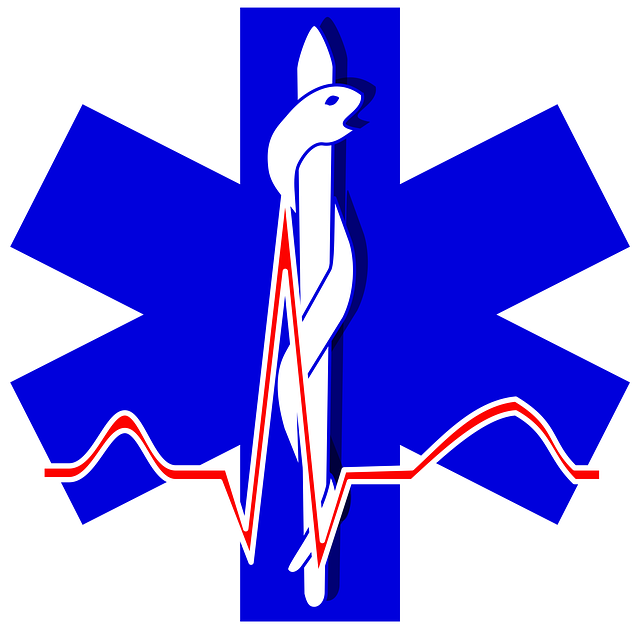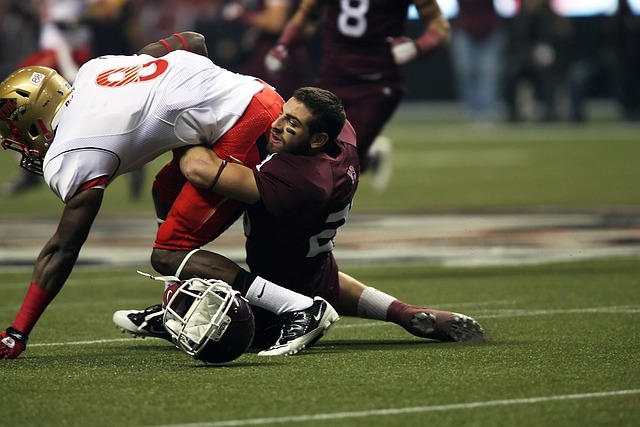Chiropractic care, emphasizing range of motion (ROM) therapy, is crucial for recovering from car crash injuries. Passive ROM reduces initial pain and inflammation, while active ROM strengthens muscles and improves function long-term. Chiropractors combine these techniques to ease muscle spasms, promote healing, and restore natural body alignment, offering comprehensive treatment plans with complementary therapies like heat/ice and exercises for optimal recovery outcomes.
“Uncover the power of Range of Motion (ROM) therapy in recovery from car crash injuries. This article delves into the distinction between passive and active ROM, offering a comprehensive guide for victims.
While passive ROM involves no effort from the patient, active ROM encourages movement, each with unique benefits. Chiropractic care plays a pivotal role, providing tailored treatment plans.
For optimal post-crash recovery, explore effective ROM therapy strategies. This is your roadmap to reclaiming mobility and regaining control after a traumatic event.”
- Understanding Passive ROM vs Active ROM After Injuries
- Chiropractic Care: A Guide to Treatment Approaches
- Effective ROM Therapy Post Car Crash Injuries
Understanding Passive ROM vs Active ROM After Injuries

After a car crash, understanding the difference between passive and active range of motion (ROM) therapy is crucial for effective rehabilitation. Passive ROM involves a healthcare professional moving the affected joint through its range of motion, with minimal to no effort from the patient. This method is often recommended soon after an injury as it helps reduce pain, inflammation, and muscle spasm. It’s particularly useful when a patient experiences severe discomfort or limited mobility due to whiplash or soft tissue injuries.
Active ROM, on the other hand, requires the patient to actively participate by moving their own joints through the full range of motion. This type of therapy is usually introduced once acute pain has subsided and initial inflammation has reduced. Active ROM strengthens muscles, improves stability, and enhances overall joint function. Chiropractic care often incorporates both passive and active ROM techniques to tailor treatment plans for patients who have suffered car crash injuries, promoting faster recovery and better long-term outcomes.
Chiropractic Care: A Guide to Treatment Approaches

Chiropractic care plays a significant role in treating individuals who have suffered from car crash injuries, focusing on restoring proper alignment and enhancing range of motion (ROM). After a collision, the body often experiences muscle sprains, joint dislocations, and compression injuries, leading to reduced mobility. Chiropractic practitioners employ various techniques to address these issues, aiming to improve spinal health and overall function.
One common approach is manual manipulation, where the chiropractor adjusts specific joints by applying controlled force in a specific direction. This technique helps alleviate pain, reduce inflammation, and restore the body’s natural alignment. Additionally, chiropractic care integrates other therapies like heat and ice treatments, electrical stimulation, and range of motion exercises tailored to the patient’s needs, ensuring comprehensive recovery from car crash injuries and enhancing ROM therapy for optimal healing.
Effective ROM Therapy Post Car Crash Injuries

Range of Motion (ROM) therapy is a highly effective treatment approach for individuals recovering from car crash injuries. Post-accident, many victims experience reduced mobility and joint stiffness due to muscle spasm and soft tissue damage. ROM therapy focuses on improving flexibility, alleviating pain, and restoring normal physical function. Chiropractors often incorporate this technique into their rehabilitation plans as it facilitates the healing process by promoting blood circulation and reducing inflammation.
The benefits of ROM therapy after car crash injuries are numerous. It helps to gently stretch and mobilize affected joints, allowing for improved range of motion over time. Additionally, this type of therapy can accelerate the body’s natural healing response, reduce scar tissue formation, and enhance overall patient comfort. Chiropractors may use manual manipulation or specialized equipment to guide patients through a series of controlled movements, ensuring gradual progress in recovering lost mobility without causing further harm.
Range of motion (ROM) therapy, both passive and active, plays a crucial role in recovering from car crash injuries. Chiropractic care offers specialized approaches to address these issues effectively. For post-accident victims, understanding the benefits of ROM therapy is essential for enhancing recovery and regaining mobility. By combining chiropractic adjustments with targeted ROM exercises, individuals can experience significant improvements in their range of motion following such traumatic events.














